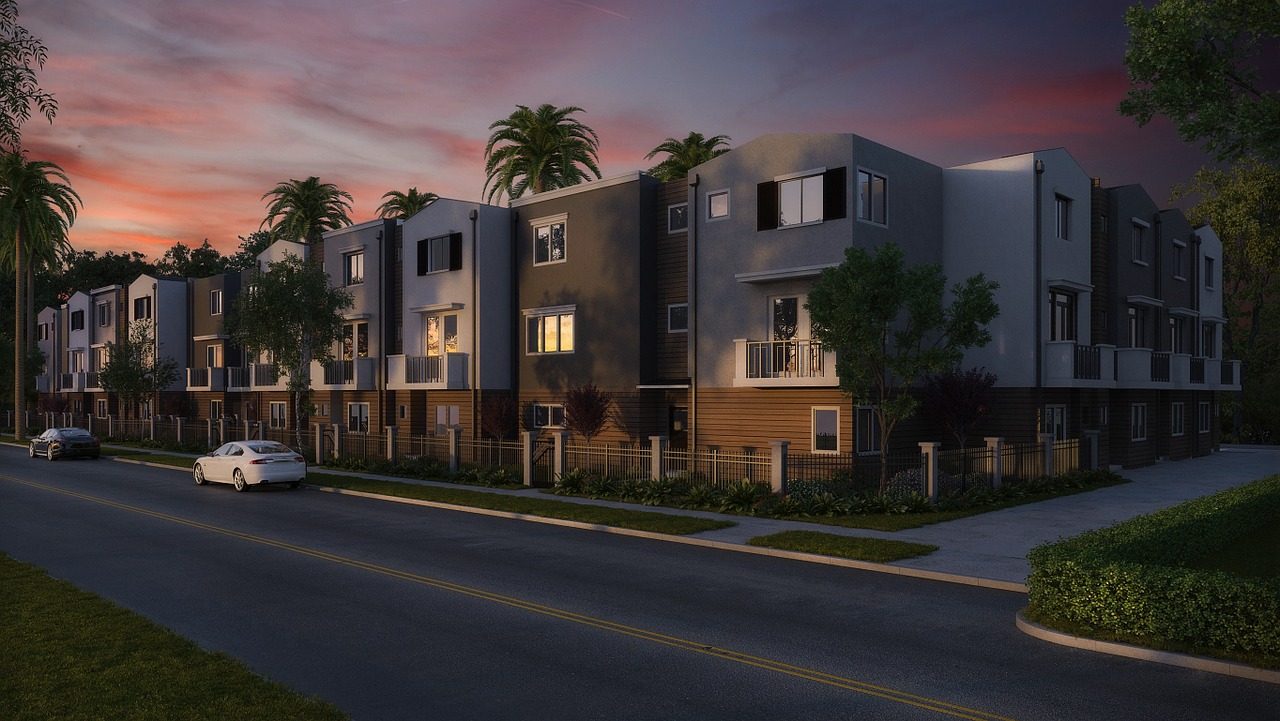What do you prioritize when looking for a new home? Most buyers have a list of features they’d want to see in a house their viewing. Others focus on amenities surrounding the location. But most may forget the necessity of security.
Safety Impacts Everything
A home with all the necessary features, from energy-efficient systems to a walk-in closet, will mean a better lifestyle. It could also ensure managing the cost of ownership, allowing you to pay less on bills. But any property with all the bells and whistles will be unlivable if it’s located in a neighborhood that makes walking alone a dangerous activity.
An unsecured location turns your dream home into a nightmare. It will affect your happiness, and it will affect your home’s property value. Reselling an attractive home in a bad neighborhood will be an uphill challenge, making it a bad investment.
So unless you have a budget to purchase a sizeable property with a sturdy estate gate in metal, you’ll need to evaluate a neighborhood’s security.
What a Secure Neighborhood Looks Like
 A secure neighborhood will generally find itself on a list, a list of the safest cities in the US. A recent study finds the following locations don’t have to worry (too much) about crime:
A secure neighborhood will generally find itself on a list, a list of the safest cities in the US. A recent study finds the following locations don’t have to worry (too much) about crime:
- Broadview Heights, Ohio
- Hopkinton, Massachusetts
- Oakland Township, Michigan
- Ridgefield, Connecticut
- Bergenfield, New Jersey
Other cities in the list include New Castle Town and Bedford Town (New York), Franklin and Shrewsbury (Massachusetts), and Bernards Township (New Jersey). The list is an excellent place to start because it narrows down your options. These cities show a lower violent and property crime rate than the national average.
The average population in these cities may also be low at 26,167. The most populous is Palantine in Illinois at 68,641. Income also plays a role, with the national average at $102,080.
Go Further with Technology or Drive Around
But instead of relying only on credible lists, you could also do some legwork.
You’ll find free tools that allow you to track crime. Some examples are NeighborhoodScout, which lets you customize a search for your specific area and AreaVibes, which assigns livable factors to your preferred location. Another critical tool to consider, if you have kids, is FamilyWatchdog, which provides a map of registered offenders in your neighborhood.
Applications are convenient and easy, but you could also check out the neighborhood on foot or by car. When you walk around or drive, you’ll get a better sense of the community. You can check out local businesses, maybe walk in and chat with the staff. Neighborhoods with many family-owned businesses are likely to be a close-knit community; people look out for one another.
Another key indicator of security is the presence of a neighborhood watch. Although most groups would have been created out of a need, its existence means residents take pride in their neighborhood. They report suspicious activities, keeping the area safe.
A new home could mean a fresh start with more meaningful opportunities or a better lifestyle. But don’t just look for an attractive property. Consider the security of the location to ensure a life well-lived.


